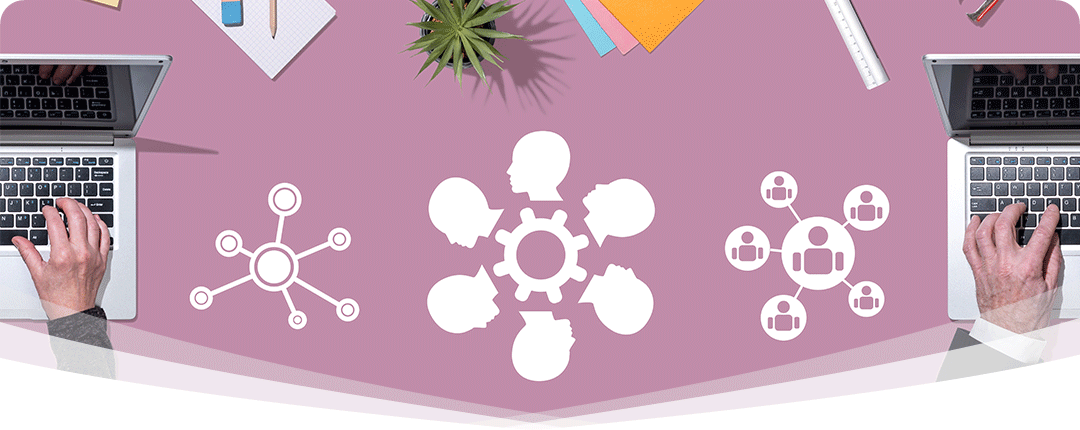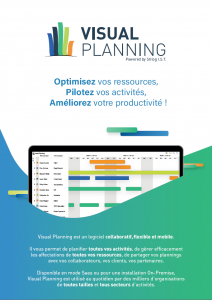HRMS software can drive efficiencies within a variety of organizations. It’s built to help teams answer common problems they face when dealing with processes and data — particularly those related to employees and human resources. Find out more about HRMS software below and what type of purpose it might serve in your business.
What Is HRMS Software?
HRMS software is human resources management system software. It’s technology that incorporates data entry and retention as well as a number of human resource tasks and processes, often integrating with other systems to create efficiencies across an organization.
HRMS differs from other software options in this niche, such as HRIS. HRIS stands for human resources information systems, which are a subtype of HRMS that are designed specifically to house and manage data. Typically, HRMS software does more than just provide for the storage and access of data.
7 Reasons Companies Choose HRMS Software
The reasons to integrate HRMS software into your organization depend on your business needs and goals as well as your internal processes. But most businesses stand to benefit from HRMS software — especially as they grow. Here are seven reasons to find out more about this type of software and what it can do for your company today.
1. Allows Employees to Manage Some of Their Own Data
Keeping track of human resources data can be a job in and of itself — one that can cause organizations to create entire teams just to handle the letters and numbers that come along with employee management.
From W4 forms to vacation time, there’s a lot to track when it comes to team members. Just keeping track of schedules can be a nightmare without the right employee scheduling software and HR systems, for example.
HRMS software makes data management a team process. Employees are typically able to enter and verify some of their own information, taking a lot of burden off HR staff. This also helps ensure databases are kept up to date, as employees can enter new addresses, schedule requests or even complete benefits changes on their own.
Obviously, you don’t want everyone to be able to make final changes to some of these areas. Luckily, HRMS software is usually highly customizable, allowing you to build workflows where change requests from employees can be routed to approval queues if necessary.
2. Supports Better Compliance
The ability to automate some processes speeds up HR management and can help you remain compliant with numerous rules and regulations. Each state has rules for how quickly payroll errors must be corrected, for example, with some requiring correction within days. The right software ensures tasks such as this never fall through the cracks, providing notification warnings if issues are bumping up against deadlines.
This is also true for credentialing and other compliance matters. A medical company can easily keep track of which employees need to apply for re-licensure, and a construction company can ensure only appropriately certified people are scheduled to work on certain jobs.
3. Creates Opportunities for Reporting
Better and more robust data and automations create new opportunities for reporting that can keep HR teams, management, employees and executives informed. The right HRMS software makes it easy to create and maintain processes which:
- Help you to manage attrition rates and hiring plans through business analytics
- Make it easier to understand which employees need certain training and when
- Keep track of vacation and sick time to understand whether employees are using PTO or potentially abusing it
- Provide performance reporting so you can be sure the cream actually does rise to the top
4. Lets HR Staff Focus on the Human in Human Resources
Human resource staff are a critical resource for any SMB or corporation. They can also make or break nonprofits and government entities. But so often, these important staff members spend more time typing than talking to employees and more time managing data and ticking boxes than helping teams and leaders work toward business goals.
When you employ a comprehensive HRMS, you free your HR staff from a lot of this tedium. Data entry is done by the entire team, and most of the verifications can be automated. Processes and workflows can also be automated to ensure people know exactly what needs to be done and when. Without this burden, your HR admin and other resources are free to tackle more complex issues or work alongside teams to develop coaching, training and policies that support the business now and in the future.
5. Reduces a Reliance on Paper and Manual Processes
When it comes to HR data errors, a major culprit tends to be a system that’s not customized and relies heavily on manual data entry. Paper can be a huge drawback for HR departments. Imagine this scenario that might occur with a new hire when paper and manual processes are still involved:
- An HR rep provides W4 forms to the employee and asks for them to be completed.
- The employee forgets, and the HR rep has to spend time tracking the forms down.
- The employee completes the forms with paper and pen, but makes an error or doesn’t write legibly enough.
- The HR rep has to enter the data, but the forms might end up in an inbox of many other forms — it could be days before they’re entered.
- When the forms are entered, the incorrect data is processed.
- The employee doesn’t realize the information is wrong until they get their first paycheck — or even worse, not until they receive their W2 at the end of the year.
A strong HRMS creates processes whereby the employee can enter their own W4 and check the information at any time. You can also create automatic verifications that would alert the employee and HR if the data doesn’t seem correct or doesn’t match other information on file.
Moving away from many more manual or paper processes like these can yield tremendous benefits to everyone in your organization.
6. Increases Security for HR Data and Processes
HR data is extremely sensitive. It often contains confidential elements, such as full employee contact information and Social Security numbers, as well as data about compensation and benefits. With paper processes — or even manual virtual processes involving spreadsheets and emails — it’s much easier for this sensitive data to end up in front of the wrong people.
Imagine an email about team compensation that’s meant for a manager accidentally arrives in the wrong person’s inbox. This type of confusion happens with emails all the time: Maybe the manager is Josh Durant and the employee is Josh Duval. It’s a tiny typo or incorrect click away from occurring.
Having compensation or any sensitive information get out to the wrong people can put staff identities at risk or cause serious employee morale problems. HRMS software with secure integrations can help you safeguard and communicate information without compromising the integrity or confidentiality of your data.
7. Provides Automated Reminders for Better HR Management
Human resource management systems that let you build custom functionality, including workflows and automated reminders, further enhance the efficiency of your organization. No one has to remember to check systems or tickler files — or spend the time doing so.
The system itself houses and manages those tickler systems and sends texts, emails or desktop notifications when it’s time for someone to take action. In many cases, the system might be able to act on the required task itself, handling basic HR tasks without the need for human intervention at all.
Whether you’re looking to get a handle on employee scheduling or you want a comprehensive HR management software, reach out to Visual Planning today for more information about your options.
Manale is a passionate about digital marketing. She joined STILOG I.S.T in 2018.
She brings SEO & SEA expertise, email marketing and creative content marketing to create a great brand experience for Visual Planning customers.



